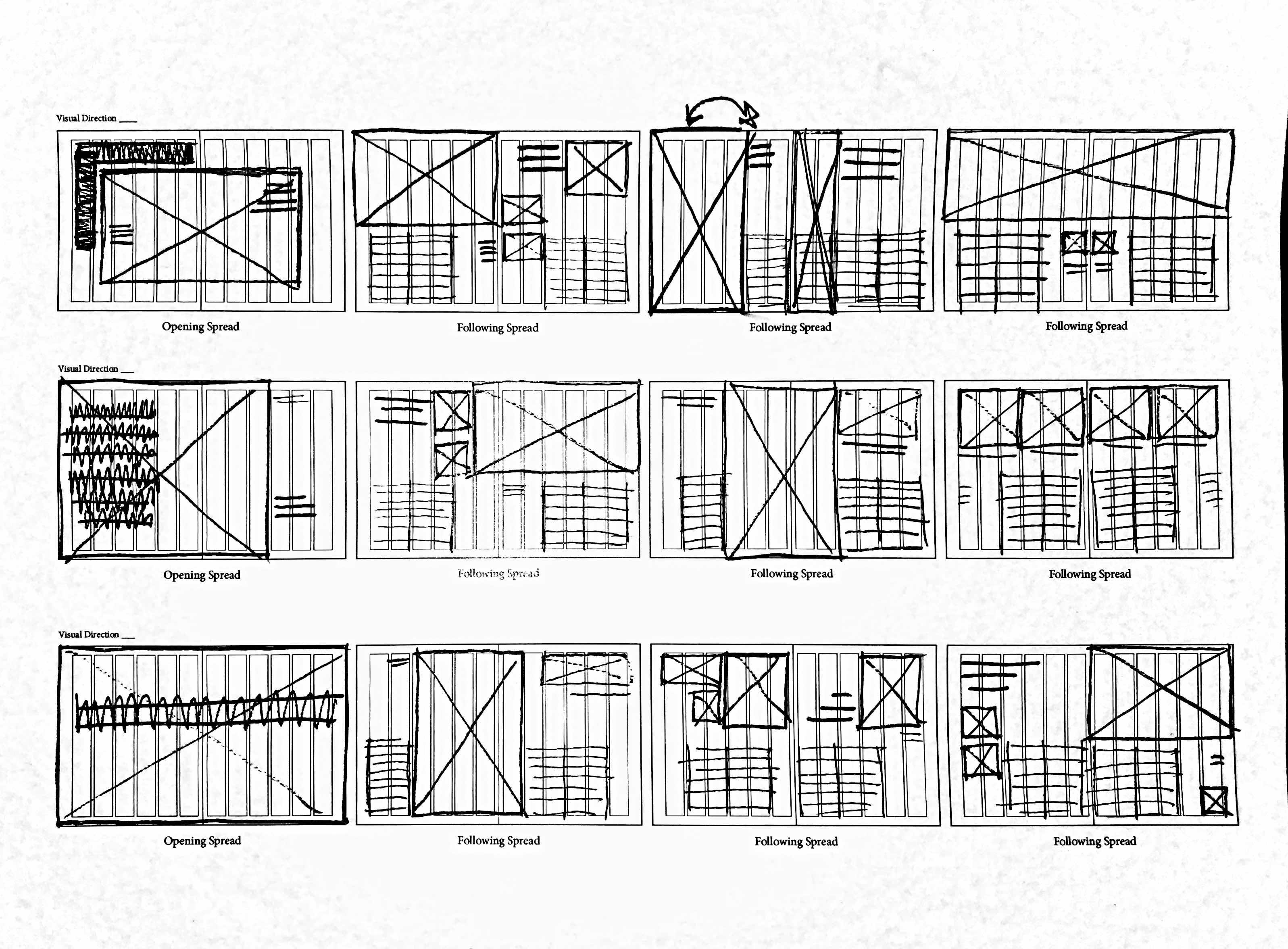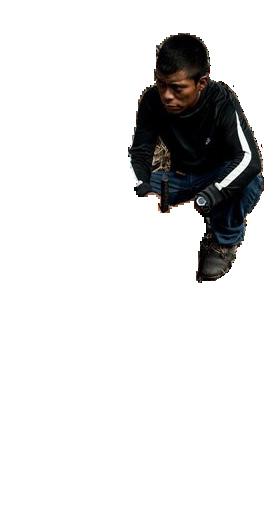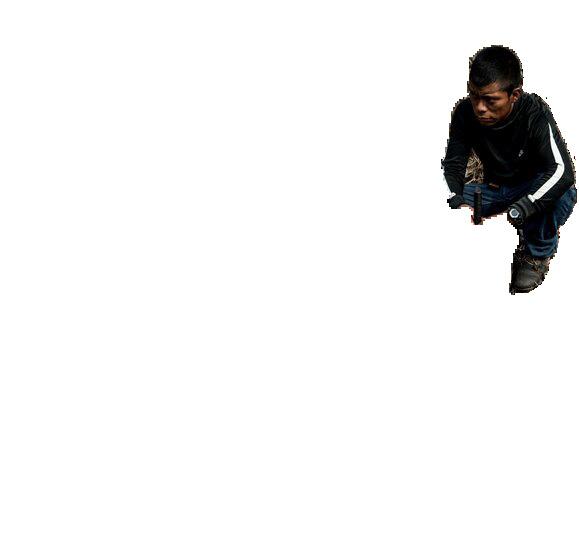
6 minute read
TOOL KITS
from Publication Design
by Julia Kline
The Tool Kit is where I felt stuck, but I wanted to use symbols, colors, and elements to show movement and intensity that ties into my opening spread headline. I ended up combining elements from all three tool kits and added in elements on the spot when designing my spreads.
THE GREAT CLIMATE MIGRATION
Advertisement
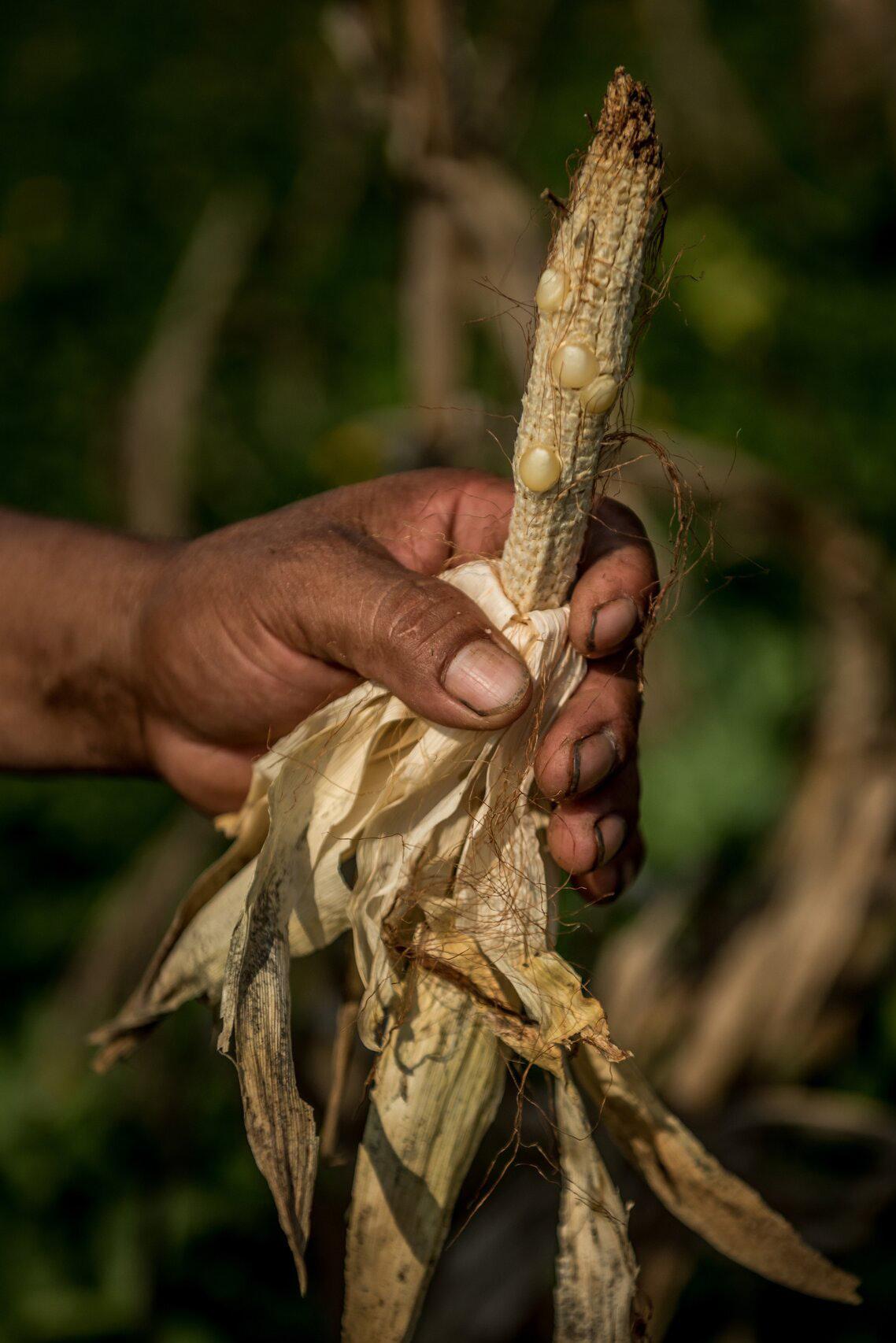
Then it did rain, and Jorge rushed his last seeds into the ground. The corn sprouted into healthy green stalks, and there was hope — until, without warning, the river flooded. Jorge waded chest-deep into his fields searching in vain for cobs he could still eat. Soon he made a last desperate bet, signing away the tin-roof hut where he lived with his wife and three children against a $1,500 advance in okra seed. But after the flood, the rain stopped again, and everything died. Jorge knew then that if he didn’t get out of Guatemala, his family might die, too. Even as hundreds of thousands of Guatemalans fled north toward the United States
in recent years, in Jorge’s region — a state called Alta Verapaz, where precipitous mountains covered in coffee plantations and dense, dry forest give way to broader gentle valleys — the residents have largely stayed. Now, though, under a relentless confluence of drought, flood, bankruptcy and starvation, they, too, have begun to leave. Almost everyone here experiences some degree of uncertainty about where their next meal will come from. Half the children are chronically hungry, and many are short for their age, with weak bones and bloated bellies. Their
families are all facing the same excruciating decision that confronted Jorge. The odd weather phenomenon that many blame for the suffering here — the drought and sudden storm pattern known as El Niño — is expected to become more frequent as the planet warms. Many semiarid parts of Guatemala will soon be more like a desert. Rainfall is expected to decrease by 60 percent in some parts of the country, and the amount of water replenishing streams and keeping soil moist will drop by as much as 83 percent. Researchers project that by 2070, yields of some staple crops in the state where Jorge lives will decline by nearly a third. Scientists have learned to project such changes around the world with surprising precision, but — until recently — little has been known about the human consequences of those changes.
THE GREAT CLIMATE MIGRATION

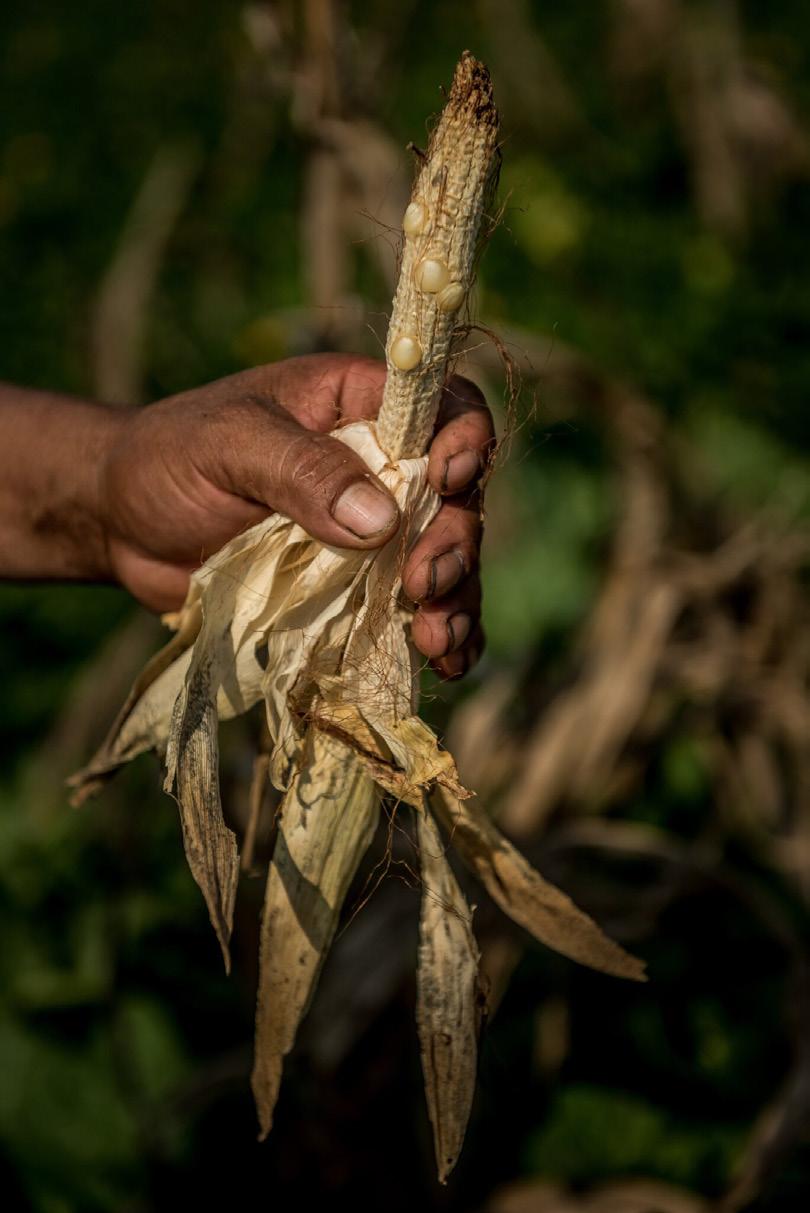
Then it did rain, and Jorge rushed his last seeds into the ground. The corn sprouted into healthy green stalks, and there was hope — until, without warning, the river flooded. Jorge waded chest-deep into his fields searching in vain for cobs he could still eat. Soon he made a last desperate bet, signing away the tin-roof hut where he lived with his wife and three children against a $1,500 advance in okra seed. But after the flood, the rain stopped again, and everything died. Jorge knew then that if he didn’t get out of Guatemala, his family might die, too. Even as hundreds of thousands of Guatemalans fled north toward the United States
in recent years, in Jorge’s region — a state called Alta Verapaz, where precipitous mountains covered in coffee plantations and dense, dry forest give way to broader gentle valleys — the residents have largely stayed. Now, though, under a relentless confluence of drought, flood, bankruptcy and starvation, they, too, have begun to leave. Almost everyone here experiences some degree of uncertainty about where their next meal will come from. Half the children are chronically hungry, and many are short for their age, with weak bones and bloated bellies. Their
families are all facing the same excruciating decision that confronted Jorge. The odd weather phenomenon that many blame for the suffering here — the drought and sudden storm pattern known as El Niño — is expected to become more frequent as the planet warms. Many semiarid parts of Guatemala will soon be more like a desert. Rainfall is expected to decrease by 60 percent in some parts of the country, and the amount of water replenishing streams and keeping soil moist will drop by as much as 83 percent. Researchers project that by 2070, yields of some staple crops in the state where Jorge lives will decline by nearly a third. Scientists have learned to project such changes around the world with surprising precision, but — until recently — little has been known about the human consequences of those changes.
THE GREAT CLIMATE MIGRATION
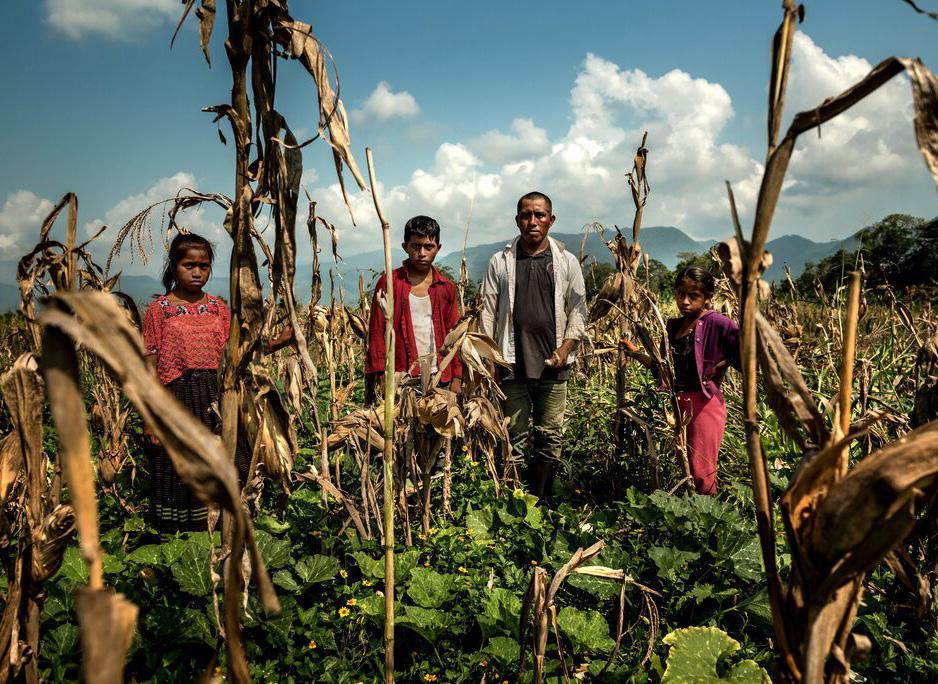
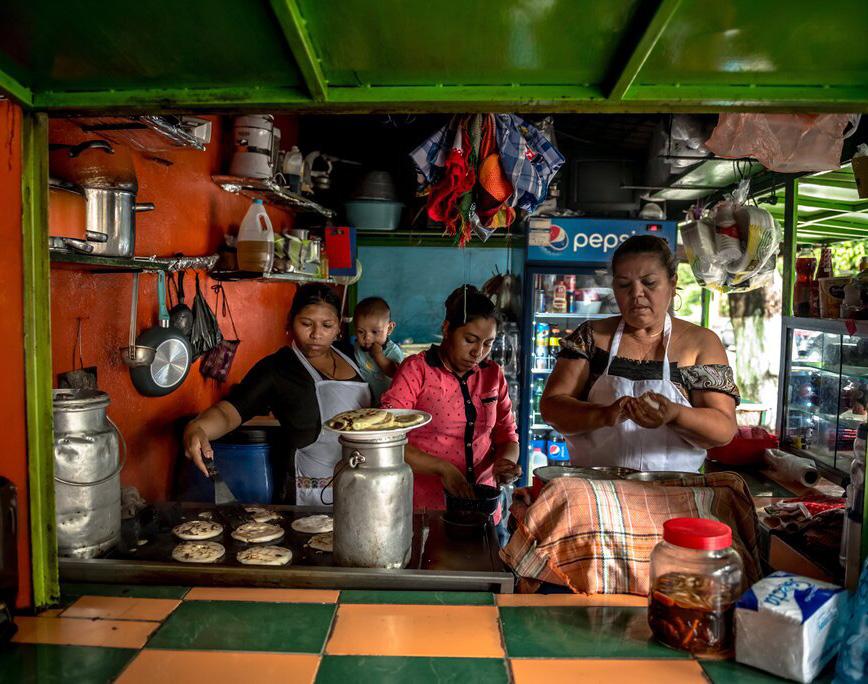
Then it did rain, and Jorge rushed his last seeds into the ground. The corn sprouted into healthy green stalks, and there was hope — until, without warning, the river flooded. Jorge waded chest-deep into his fields searching in vain for cobs he could still eat. Soon he made a last desperate bet, signing away the tin-roof hut where he lived with his wife and three children against a $1,500 advance in okra seed. But after the flood, the rain stopped again, and everything died. Jorge knew then that if he didn’t get out of Guatemala, his family might die, too. Even as hundreds of thousands of Guatemalans fled north toward the United States
in recent years, in Jorge’s region — a state called Alta Verapaz, where precipitous mountains covered in coffee plantations and dense, dry forest give way to broader gentle valleys — the residents have largely stayed. Now, though, under a relentless confluence of drought, flood, bankruptcy and starvation, they, too, have begun to leave. Almost everyone here experiences some degree of uncertainty about where their next meal will come from. Half the children are chronically hungry, and many are short for their age, with weak bones and bloated bellies. Their
families are all facing the same excruciating decision that confronted Jorge. The odd weather phenomenon that many blame for the suffering here — the drought and sudden storm pattern known as El Niño — is expected to become more frequent as the planet warms. Many semiarid parts of Guatemala will soon be more like a desert. Rainfall is expected to decrease by 60 percent in some parts of the country, and the amount of water replenishing streams and keeping soil moist will drop by as much as 83 percent. Researchers project that by 2070, yields of some staple crops in the state where Jorge lives will decline by nearly a third. Scientists have learned to project such changes around the world with surprising precision, but — until recently — little has been known about the human consequences of those changes.
Thumbnails
